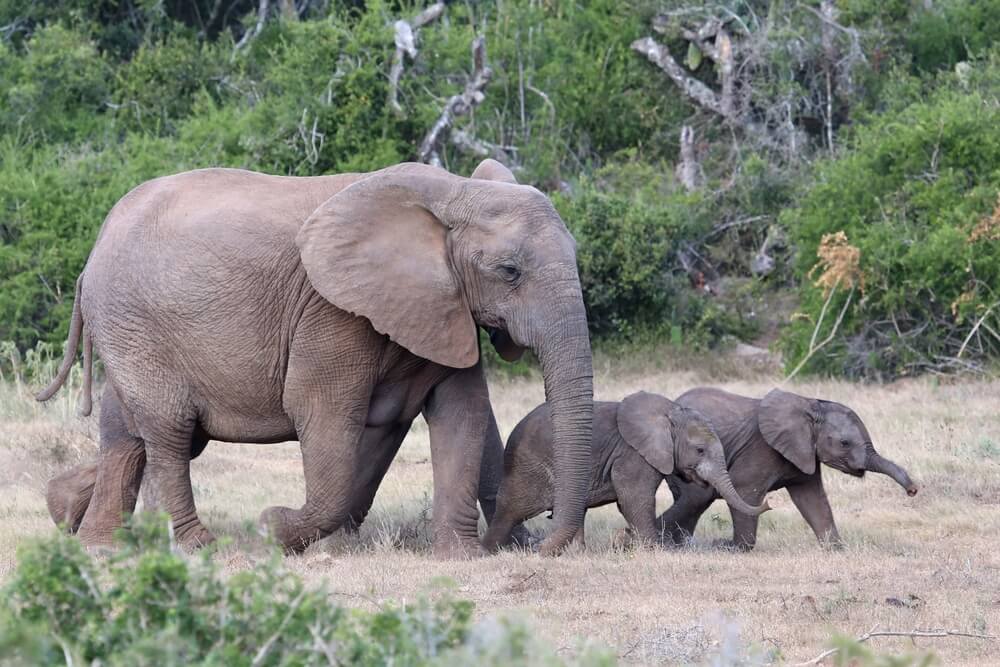
World Wildlife Day: Teaching Kids About Animals
On Thursday, March 3, 2022, we celebrate World Wildlife Day. This year’s theme is “Recovering key species for ecosystem restoration.”
Did you know elephants and gorillas are key species? This means they have a critical role in their individual ecosystems. They both distribute seeds through the foods they eat, and elephants use their tusks to dig up dry riverbeds and create watering holes during the dry seasons that many animals drink from.
For every age, there are books that teach kids about the amazing, interesting, and unusual animals across the world. Here are some ways to teach kids about animals with lyrical nonfiction.
Fun Facts About Animals
Nonfiction isn’t always dry and boring. There are many books with fun biographies, odd or gross facts, silly stories, or lyrical prose that get children interested.
In my upcoming book, He Leads: Mountain Gorilla, the Gentle Giant, kids will follow a short lyrical story about how the silverback leads his troop. But if they are ready to dive deeper and learn more, there are nonfiction sidebars on each spread full of facts about what they eat, how they nest, how they communicate, and their life cycle.
The lyrical style takes away the didactic formulas from generations past and lets kids lean into learning by first getting a feel for the animal and its story. Lyrical storylines paint a picture and set a mood; facts and learning happen organically while the reader is receptive to more information. And of course, the illustrations pull readers in and tell a story all their own.
What Can Animals Teach Us
We sometimes learn more than just animal facts when reading great nonfiction.
In She Leads: The Elephant Matriarch, we learn that sound travels farther in the cool night air. In both, He Leads and She Leads, we are introduced to the concept of good leaders. It isn’t just that leaders are big or strong. Readers see those good leaders are good learners, hard workers, and they are caring and protective.
The best books are the kind that open minds to further conversations and promote curiosity. Maybe readers will want to find other natural leaders, other animals that follow one leader, or groups with no leaders at all. They may start to wonder how we track and learn about the animals in the wild. Curiosity is the seed to fruitful learning.
Scary Topics for Sensitive Readers
When learning about animals, it is inevitable that scary topics will arise. Some children aren’t familiar with hunting or poaching. Death is sometimes taboo. Even predators having to eat other animals for survival can be a touchy subject for a sensitive child. Lyrical books especially tend to be gentle in their approach to these intense topics.
Books give a safe place to be introduced to these issues and start conversations. A drawing in a book is less intense than a video documentary or seeing the real thing in your own community. They can be brushed over quickly in the reading for a brief introduction to the issues, or they can be a moment to stop the book and talk about the facts of life. Each child is different, but all can benefit from the conversations that arise and learn at their own pace.
After You Read
Often when I read about animals, children ask, “What can I do?”
Kids know they are strong and capable, and they want to get involved. Together, find ways they can help the animals they’ve learned about or animals right in their own community. From picking up trash and recycling to doing a fundraiser to adopt an animal at a zoo or rescue organization, to even making toys or baking treats for their local animal shelters, there are lots of ways for kids to get involved and make a difference.
Let the children choose how they’d like to research and help. Children who are engaged and interested in their topic are more likely to learn.
June Smalls is a member of the Society of Children’s Book Writers and Illustrators and a lover of literature. She resides in Northern Virginia with her hubby, The Kid, and an ever-growing assortment of animals.
